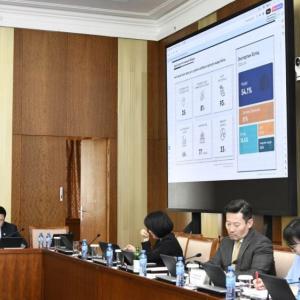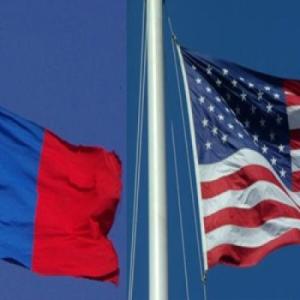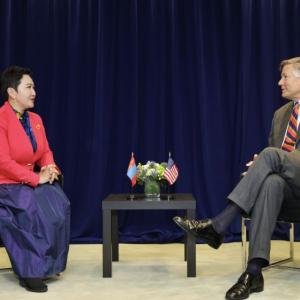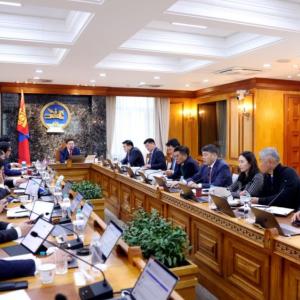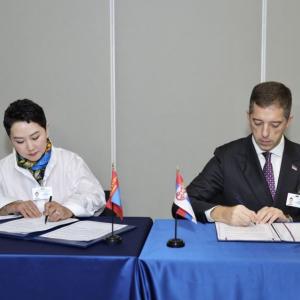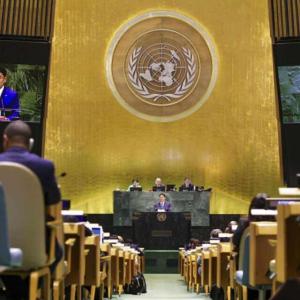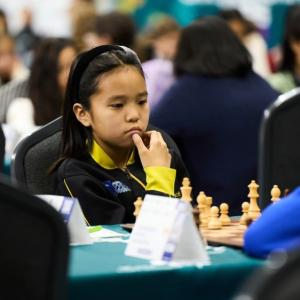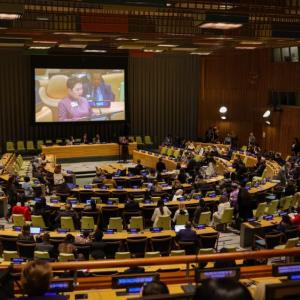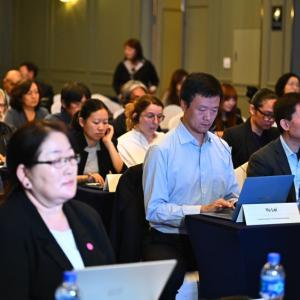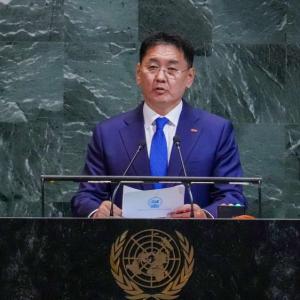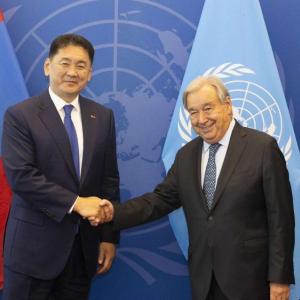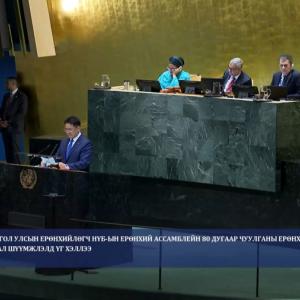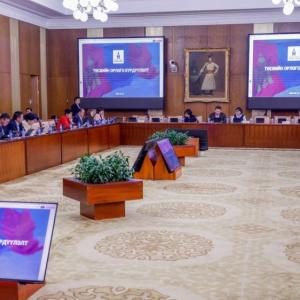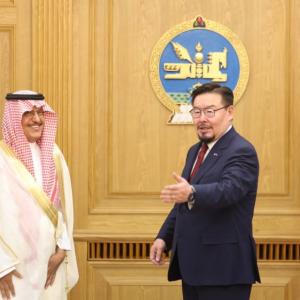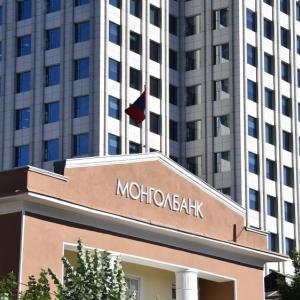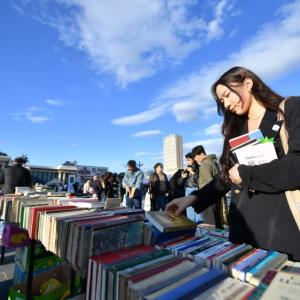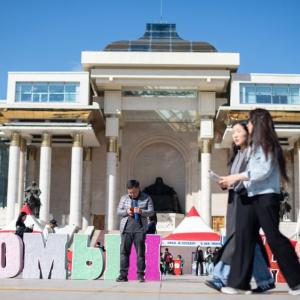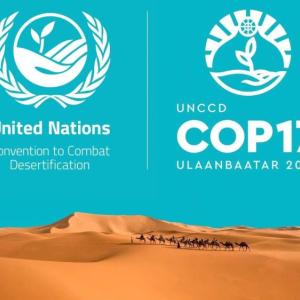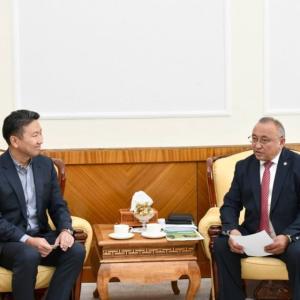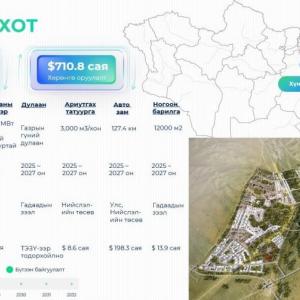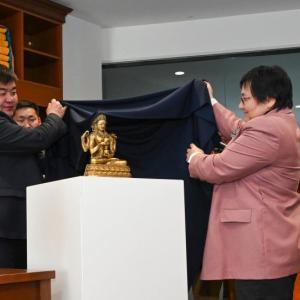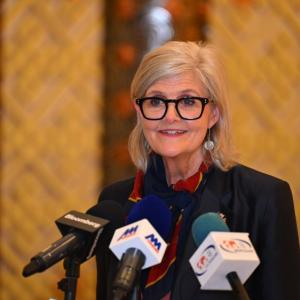ADB: TV drama promotes financial education in Mongolia
SocietyUlaanbaatar /MONTSAME/ People get hooked on stories. The multi-billion dollar film and video industries have gotten this down to a profit-making science. Development agencies have also maximized this penchant for stories to promote behavior changes by couching information in compelling narratives.
In Mongolia, a project assisted by ADB and the Japan Fund for Poverty Reduction used storytelling to help people protect themselves through saving and financial planning. The global financial crisis and a dry spell followed by another dzud or a long severe winter in 2008 to 2010 pointed out the obvious: with no financial safety nets, the most vulnerable households needed financial education.
A 2014 survey under the project found that 80% of Mongolians cite TV as their main source of information. Since serial dramas are very popular, they were identified as the most effective vehicle for messages on financial literacy.
Using the survey results, the project developed a soap opera called A course that helps you become a millionaire, which became the second most watched program nationwide in 2015. The plots were based on the information needs of the target viewers – 24 issues were identified, translated as behavioral messages and included in the scripts.
“I think the TV drama illustrates very well the importance of savings. I started saving 10% of my (monthly) salary since I watched the TV drama. I am really benefiting from this behavior,” says 27-year-old D. Yanjmaa Yanjmaa from Ulaanbaatar, one of many Mongolians who closely followed the series.
The audience was primarily students and youth, women with higher and/or complete secondary education, self-employed, and private sector workers. Most have a monthly household income below MNT 600.000 (approximately $301).
The 24-episode show revolved around 6 characters from different socio-economic backgrounds with a common purpose: to enhance their personal financial management skills by attending the course. Throughout the episodes, the characters faced and solved financial challenges, mostly related to bank loans and savings.
The twists and turns of the plot reflected empirical evidence. A 2015 ADB survey showed that more than 70% of respondents—the majority of whom are middle-aged residents from Ulaanbaatar and rural provinces—do have formal savings in banks. The younger generation, though, is less likely to save money. Rural and low-income households struggle with putting money aside proactively. Herders and low-income households, the most affected by the financial crisis and the dzud, have limited awareness about services offered by the non-bank financial sector. An earlier 2010 ADB survey pointed out that around 70% of respondents from rural areas struggled to match their income with their spending habits.
These findings were consistent with a 2013 World Bank survey noted that 78% of respondents do save formally. However, more than 40% fail to understand how concepts such as the cost of their loans or interest earned from their savings work, as well as how inflation affects their savings.
The series attracted a wide audience because the stories were based on real-life experiences and tied to the local culture. The drama featured a wide range of character types, from a disabled person to teenagers, a micro-entrepreneur, and a single mother. The key to success was that the audience was able to identify with and learn from the characters, which gradually evolve in their financial thinking and behavior as the story unfolds.
It did not focus on financial services that were not widely available in Mongolia (pension fund, investment funds, fixed income investments) to raise demand and expectations, as the banking sector dominates the country’s financial sector.
To multiply reach, newspapers and journals promoted the show and reinforce the financial literacy messages. A teaser episode was uploaded on YouTube, and a ‘making of’ video is also available online.
So, did people’s financial behavior in fact change? As part of the project’s final survey, 800 text messages per episode were randomly sent to 1,000 mobile phone users asking multiple-choice questions about financial literacy issues highlighted during that particular episode. In the beginning most of the answers were wrong, but by the 15th by the 15th episode the majority of replies were correct.
The survey showed that after watching the TV series, more Mongolians (from 58 percent baseline to 72%) have expanded their financial options, and for instance now compare the interest rates of loans and savings services, reported the Asian Development Bank Blog on February 26.

 Ulaanbaatar
Ulaanbaatar






